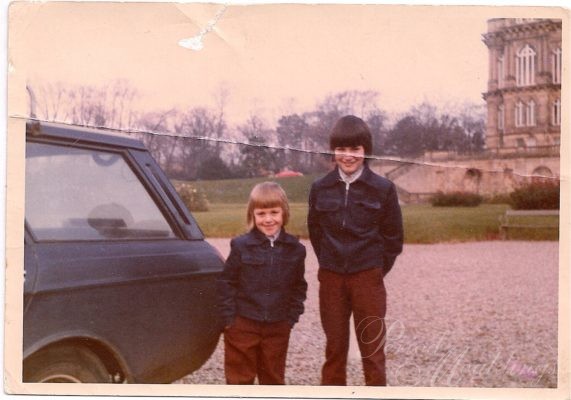Open any fashion magazine toady and it will hail – in one form or another, that the “70’s are back” be it in styles, fashions or even home soft furnishings.
Yet, I for one hope that we do not make the mistake in seeing this period through rose-tinted glasses in design and architectural times.
As a child of the 70’s – I knew no better than to have flush panelled doors or square skirting boards. But at that age I never realised the cost to the in situ period features.
What went wrong
Throughout history, fashions and designs for interior wood features have changed. You will often find Georgian houses that may have Victorian extensions and thus have Victorian mouldings or even Victorian houses with Art Deco moulds.
But the decades of the 60’s and 70’s saw a wholly different approach to house restyling.
It is true that there are some iconic styles and buildings that were developed in this era, but I feel that those that can appreciate these designs are today in the minority.
Yet as a child of the 70’s, when we were going to school with Osmond-esque haircuts, flares and platform shoes, I had not realised that fashion had reached the masses and DIY was beginning its accession.
Today we view that period in a different light from a mouldings perspective – Thousands of metres of Georgian, Victorian and Edwardian skirting boards and architraves were removed and destroyed. These were replaced by homologous mediocrity that often carries through into today’s new builds. For that, this period in British architecture has a lot to answer for.
Yet today, homes have been saved with flush panels being removed (with as minimum damage as possible) from Georgian and Victorian doors and where possible any moulds that remain being retained.
Our latest Project
It was our involvement in a project in the North West of England that prompted me to put pen to paper as it shows how far we have come in respecting our heritage with wood mouldings.
A Georgian villa in this Roman settlement was originally build in the 1820’s and was finished to a standard that today we aspire to achieve. The building remained a home for 180 years before becoming a college.
It was revamped in the 1920’s with quality Edwardian wood mouldings but the halls and corridors wood mouldings from the Georgian period were left untouched.
After the 1970′s it underwent a refurbishment, resulting in some appalling alterations that today would not be allowed.
Yet despite all this change and upheaval – the original features still remain and luckily the architects who are responsible for the developing and renovating the buildings have an eye to go back to the original.
Therein lies the dilemma
This point of the development is often where we come into the project.
While we do not profess to be conservationists per se we are very appreciative of the designs from the eras (we should be we now have over 350 unique styles with our classic, trade and heritage ranges). Yet these projects even offer us a dilemma. Which view should we take?
• The puritan view would be to take the building back to its Georgian routes either taking bespoke moulds from around the house and replacing them or looking for similar moulds from our collection
• The modernist view would be to adopt the Edwardian styling throughout as this was the last real revamp. But it would take a brave man or woman to remove stepped 450mm high Georgian skirting from a hallway.
• The placater view would be to accept what is there today and live with each section as it is and add more designs if necessary.
But on this occasion our view on this project has been one of compliance, practicality and ambience.
A quality building needs quality finishing’s, it does not need 1970’s revamps and these thank goodness, these will go. Their replacements will then be a mixture of replicas from originals and product from our classic range to support any an additional structures to be built.
So what can I take from this exercise?
The 1970’s fashion faux pas is alive and well.
It affects Georgian villas and terraced housing equally but at least today there are companies that can offer the styles and authentic replacements if necessary in the quest to have a modern home with original features and some level of continuity.
However, one issue that cannot be resolved easily is the haircut from the said by-gone era that my brother and I have, but alas we all have a cross to bear!

If we can be of any help in sourcing originals, bespoke moulds and banishing 1960′s and 1970s tat – then give us a call on 0845 519 1554 or drop us an email to enquiries@periodmouldings.co.uk

